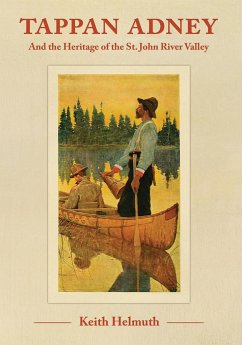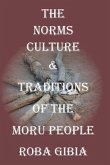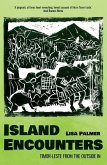This book is about what happened when Tappan Adney travelled from New York City to the small town of Woodstock, New Brunswick in 1887 at the age of 18. The coming of this young man to this town at this particular time is surely one of the most remarkable instances in Canadian history of the convergence of person and place. It is not unusual for writers, artists, and other historically significant figures to be strongly associated with particular cultural regions from which they draw inspiration. But the coming of Tappan Adney to the central St. John River Valley of New Brunswick was an event of unique and extraordinary importance in Canadian cultural history. It was here at the mouth of Lane's Creek where it meets the St. John River in Upper Woodstock that Tappan Adney first met Peter Joe and saw him building a Maliseet birchbark canoe. It was here he began to document how these canoes were made. It was here he began to build his 1/5-scale models that preserved every detail of construction using only traditional materials gathered from the forest. All those who have returned to the art of building birchbark canoes in recent times are in debt to Tappan Adney for his devotion to the preservation of this Indigenous heritage. In 1887, Woodstock, New Brunswick was a town bustling with industry and commerce at the head of navigation on the Saint John River. Farmland and orchards were expanding in the region. The salmon runs in the river were as dependable as the seasons. Trout were plentiful in every brook. The great woodland region that surrounded the town was the immemorial dwelling place of abundant wildlife. Timber was still felled by axe and handsaws, moved to the rivers by horses and oxen, and floated to mills and markets on the spring freshets. The Indigenous people of the region, the Wolastoqiyik, or the Maliseet as they came to be called, lived in small settlements along their beloved river - the Wolastoq. In 1887 the Wolastoqiyik were still practicing many of the skills by which untold generations of their ancestors had lived in close association with the bountiful river, the provisioning woodland, and the great commonwealth of life. At the age of 18 Tappan Adney was already a serious student of natural history and a skilled artist. When he came to Woodstock, he was struck by two features of the environment that called out to him for further study: the vast wilderness that lay at his doorstep, and a community of Indigenous people still practicing some of the cultural and material skills that had long enabled their successful adaptation to the region. Tappan Adney was especially taken by the art and craft of the birchbark canoes that a few older men and their families were still building in the Woodstock area. Over the following decades he devoted himself to documenting every detail of design and construction used by the Maliseet people to build their canoes. He eventually expanded his model building to include every type of Indigenous bark and skin boat of North America. It is no exaggeration to say that Tappan Adney is the man who saved the Indigenous knowledge of how to build birchbark canoes from extinction. But he also did much more. He documented a wide range of Maliseet cultural knowledge and skills. He worked persistently at documenting the Maliseet language. Although he went on to make significant contributions in other areas of cultural research, art, and journalism, he always returned to his work of preserving the birchbark canoe. By his direct testimony, it all started for him when he came to Woodstock, New Brunswick. This book is about this remarkable convergence - an unusually talented man and an environment rich in cultural and natural history.
Hinweis: Dieser Artikel kann nur an eine deutsche Lieferadresse ausgeliefert werden.
Hinweis: Dieser Artikel kann nur an eine deutsche Lieferadresse ausgeliefert werden.








